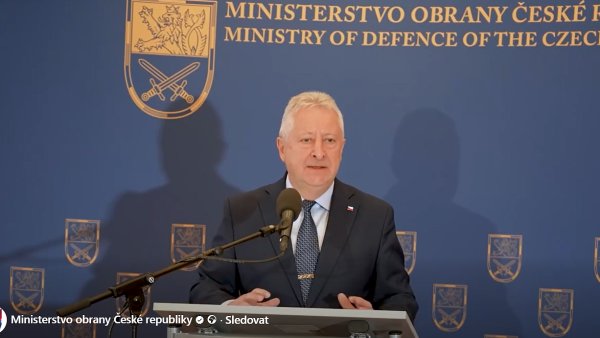Renewable fuel sources by Graham Bradford
With fossil fuel reserves running down, the search is on for alternative sources of energy. The need for renewable sources is greater than ever. The use of renewable energy is nothing new: in 1086 there were 5,600 watermills in England each generating two kw of energy. With the advent of cheap coal these watermills went into disuse. Here are some of the renewable fuel sources that are making a comeback:
Wind turbines: these are now a common site in several European countries. Some people say the turbines are ugly and cause 'visual pollution'. To minimise their visual impact they can be located out at sea (as long as the sea is not too deep). Obviously, when there's no wind, no electricity is generated.
Tidal flow schemes: an example of tidal flow is the Gulf Stream, which flows from Florida to the north west of Scotland at speeds of 1.5 metres per second. There are problems, however, converting this kinetic energy into electricity. Today's marine current turbines (an underwater version of a wind turbine) operate best in shallow water where they can be fixed to the sea bed. At the moment they are not able to exploit the energy present in tidal flows such as the Gulf Stream where the sea is very deep.
Tidal barrages: these can be built in coastal areas where there is a large variation in the levels of high and low tides. Tidal barrages are dams that fill with sea water when the tide comes in; when the tide goes out the water is released. As it escapes it generates electricity. Unfortunately, the number of locations where tidal barrages can be built is limited and they can have a considerable impact on the local marine ecosystem.
Biofuels: these fuels come from a wide range of materials from wood to plant waste and waste materials from animals. Firewood is a good source of energy but the wood does have to be cut, transported and trees replanted. Methane gas can be produced from plant and animal waste materials but production rates are slow. Bio-diesel can be produced in several ways, for example from maize or from the by-products of wheat production. The potential for biofuel production is great. At the moment, however, there are problems around the issue of scalability as current production levels fall far short of the levels required to substitute fossil fuels.
Solar power: for their power supply isolated farms in Australia can choose between traditional diesel generators or stand-alone solar power systems using photovoltaic cells. A large amount of capital is required to set up a solar power system. At the moment photovoltaic cells are not very efficient at converting solar power to electricity. It takes five to six years for such a system to become costefficient. If these cells could be made more efficient experts have calculated that four per cent of the earth's desert areas could supply all of the world's energy needs.
Micro generation: for the last 100 years the main concept in electricity generation has been to 'think big' and build large power stations. Now we are beginning to see a new trend: small-scale, local generation of power using renewable biofuels. In the developing world where funds are scarce experts predict micro-generation is the way forward. With time these separate micro-generators can be joined up to form a larger power grid.
For more business English articles and exercises go to: www.britishcouncil.org/professionals.htm
Více informací o jazykových kurzech angličtiny najdete na www.britishcouncil.cz
SOUTĚŽTE S NÁMI O KURZ ANGLIČTINY PROFESSIONAL ENGLISH
Každé pondělí najdete na adrese
www.britishcouncil.cz pod bannerem Win a Free Course kvízovou soutěžní otázku. Soutěž bude vyhodnocena šestkrát, vždy po čtyřech týdnech.
Každý z šesti výherců získá kurz angličtiny od British Council v hodnotě 10 700 Kč.
Energy experts predict that by the end of this century, just 250 years after the start of the Industrial Revolution, we will have burnt all the world's coal and gas reserves - reserves that took 200 million years to develop.
The Ideas Factory
Pre-reading task Make a list of all the renewable energy sources you can think of Now, read the article and check how many of your list you can find in the article.
 Přidejte si Hospodářské noviny
mezi své oblíbené tituly
na Google zprávách.
Přidejte si Hospodářské noviny
mezi své oblíbené tituly
na Google zprávách.
Tento článek máteje zdarma. Když si předplatíte HN, budete moci číst všechny naše články nejen na vašem aktuálním připojení. Vaše předplatné brzy skončí. Předplaťte si HN a můžete i nadále číst všechny naše články. Nyní první 2 měsíce jen za 40 Kč.
- Veškerý obsah HN.cz
- Možnost kdykoliv zrušit
- Odemykejte obsah pro přátele
- Ukládejte si články na později
- Všechny články v audioverzi + playlist





